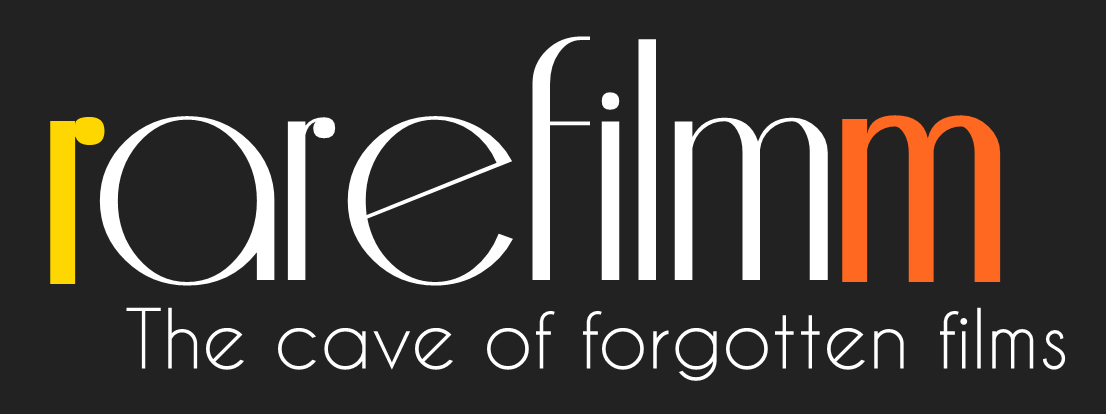Seize the Time was shot in the United States following the activities of the Black Panther Party. Antonello Branca’s film blends fiction and documentary. One only professional actor, Norman Jacobs, goes through simbolic pop visions of american imperialism set against real images like police combings, students marches, drills, interviews. it is an America where black people and above all Pathers are killed and repressed according to a precise plan. The film should have been screened at the Venice Film Festival but Branca prefered to withdraw it due to the unacceptable conditions set by the festival direction.
Category: Politics
The reunion of a group of former medical students results in a flood of bitter memories… An allegorical fiction between Cocteau and Brecht, making the portrait of a tormented society seeking for freedom. Censored by the Polish authorities, the film was reedited and new footage added by Skolimowski in 1981, merging an introduction in color shot at the time and the 1967 feature in his original B&W with a new director’s cut.
The film deals with the infamous “Kommando 52”, which was active in the 1960s civil war in the Congo and was recruited mainly from West German men. Among them is the former Wehrmacht officer Siegfried Müller. Based on personal accounts and original material – backed by tape recordings of interviewed mercenaries and photos of murdered Africans – it creates a hard hitting historical document.
October 5, 1974, on Santa Fe Street, in the suburbs of Santiago de Chile, Carmen Castillo is wounded and her partner, Miguel Enríquez, head of the MIR, dies in combat. Calle Santa Fe is the journey that Carmen undertakes for her history, for the history of the country and the MIR. A painful but restorative search, traversed by the obsession of knowing whether or not the acts of resistance of his colleagues from the MIR were worth it, whether or not Miguel’s death was felt.
This expansive Greek drama follows a troupe of theater actors as they perform around their country during World War II. While the production that they put on is entitled “Golfo the Shepherdess,” the thespians end up echoing scenes from classic Greek tales in their own lives, as Elektra plots revenge on her mother for the death of her father, and seeks help from her brother, Orestes, a young anti-fascist rebel.
This is the definitive visual record of the rise and fall of Joseph Désiré Mobutu, ruler of Zaire (the Congo) for over 30 years. Drawing upon 140 hours of rare archival material found in Kinshasa, and 50 hours of interviews with those once close to him, Mobutu, King of Zaire tells the story of the man at the heart of Central Africa’s post-colonial history.
The film surreally describes the dynamics of the acquisition of power in the various historical periods, from prehistory to consumerism in contemporary Italy, passing through the Roman Empire, the conquest of the West at the expense of the native Indians, the fascist twenty years. The various scenes are commented by three beasts, a lion, a tiger and a leopard, representing military power, economic power, and agricultural power respectively.

 For any questions or requests you can always find me at rarefilmm@gmail.com. Stay tuned for those new movies! Thank you once again for all the love and support and thanks a lot to everyone who keeps spreading the word about the site, the rarefilmm community is truly amazing, I'm very grateful for all your love and support
For any questions or requests you can always find me at rarefilmm@gmail.com. Stay tuned for those new movies! Thank you once again for all the love and support and thanks a lot to everyone who keeps spreading the word about the site, the rarefilmm community is truly amazing, I'm very grateful for all your love and support 
